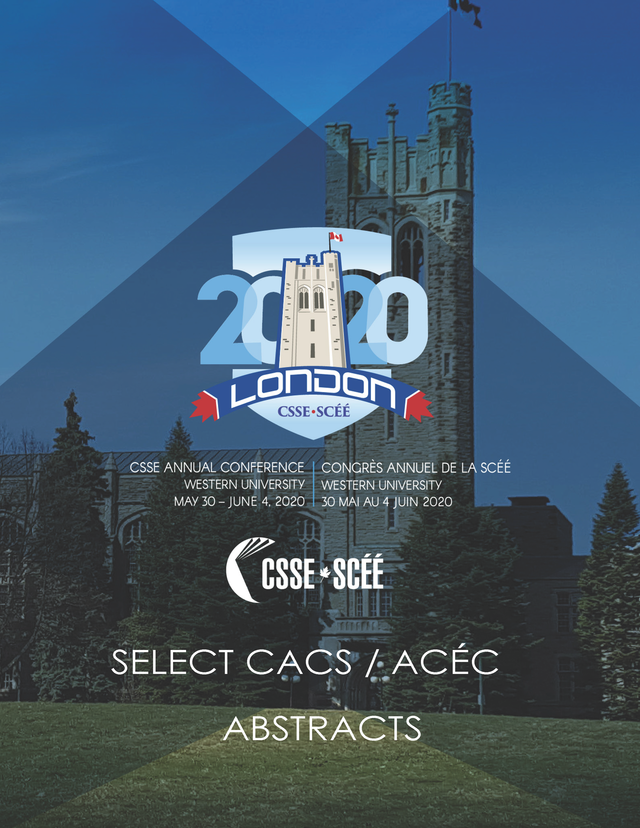Self-Reflective, Contextual, Multi-Modal Auto-Ethnographic Work: An Approach to Teaching Visual Art Inquiry
DOI :
https://doi.org/10.25071/1916-4467.40549Mots-clés :
teaching, visual auto-ethnography, material culture, visual culture, multi-modal, self-reflexiveRésumé
Visual auto-ethnography offers a way to engage students in self-directed arts-based inquiries focusing on material culture constructs (Garber, 2019). It facilitates creative work and meaningful connections to visual culture (Bolin & Blandy, 2018; Freedman, 2003). Situated in Bourdieusian (1984) habitus lenses, Pink’s (2013) visual ethnography, and drawing on material and visual culture sources in students’ lives, ideas and making practices are explored and expressed. As a multi-modal student-centered pedagogical approach, drawing on the idea of a cabinet of curiosities (Mauries, 2011), and Adam’s (2015) non-linear process, autoethnography involves orienting to a personally relevant inquiry question, examining personally curated art and/or material culture artefacts, engaging in focused journaling, gathering relevant multi-modal artifacts and visual art as copies or originals, and finally, creating multi-modal artworks and accompanying texts that inform and complement one another. A student might examine, for example, lived experiences of spaces and places, situated alongside aesthetic experiences of spaces and places in visual art and culture. Contextual, multimodal and personally relevant, this approach is suitable for pedagogical settings ranging from middle school to higher education via arts education courses, advancing possibilities for situated focused creative work through reflective praxis. The work of Calle (2003) is helpful in locating forms of documentary work in contemporary art, and the work of Eldridge (2012) locates autoethnography in art education scholarship. It is clear that auto-ethnographers’ voices and visions represent unique, situated worldviews, facilitating individual and collective understandings and respect for diverse cultures and perspectives.Téléchargements
Publié-e
2020-06-27
Comment citer
Blaikie, F. (2020). Self-Reflective, Contextual, Multi-Modal Auto-Ethnographic Work: An Approach to Teaching Visual Art Inquiry. La Revue De l’association Canadienne Pour l’étude De Curriculum , 18(1), 20–21. https://doi.org/10.25071/1916-4467.40549
Numéro
Rubrique
Curricular and Pedagogical Provocations
Licence

Copyright for work published in JCACS belongs to the authors. All work is licensed under a Creative Commons Attribution-ShareAlike 4.0 International license.


